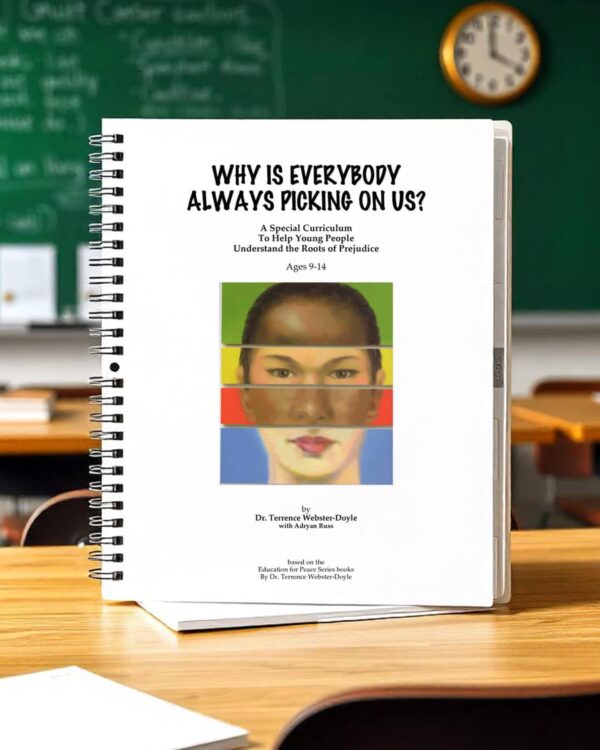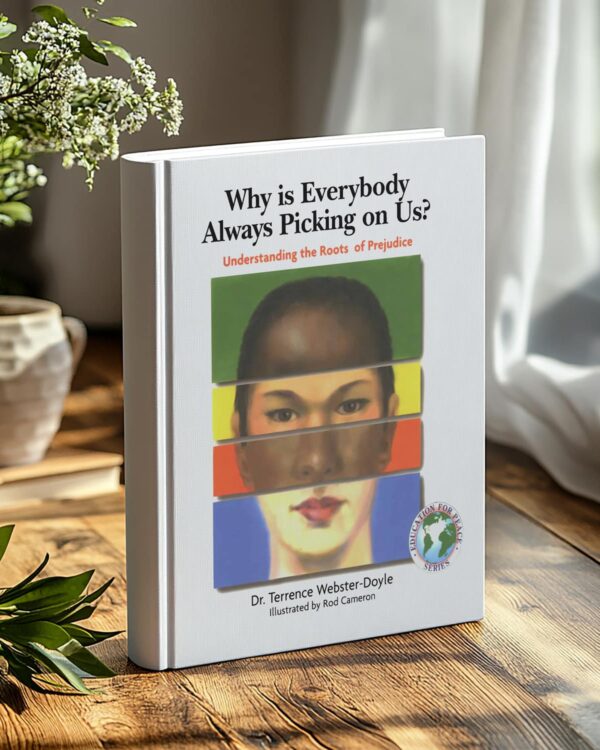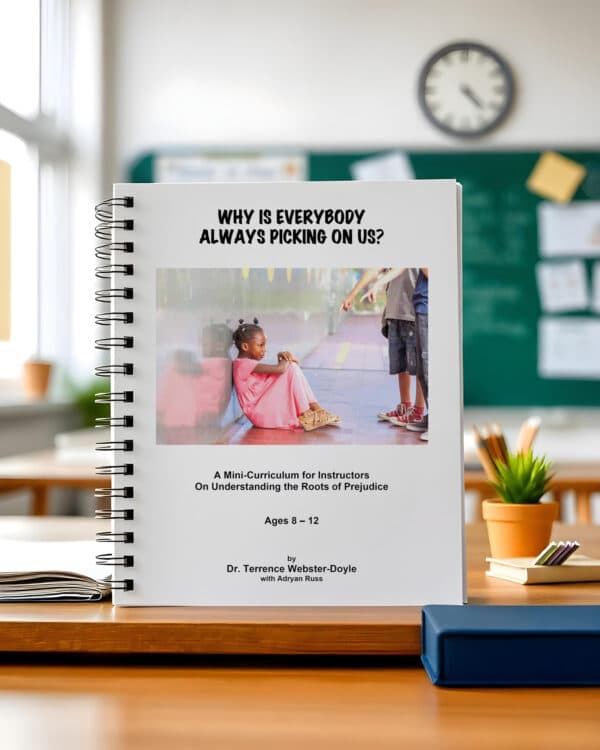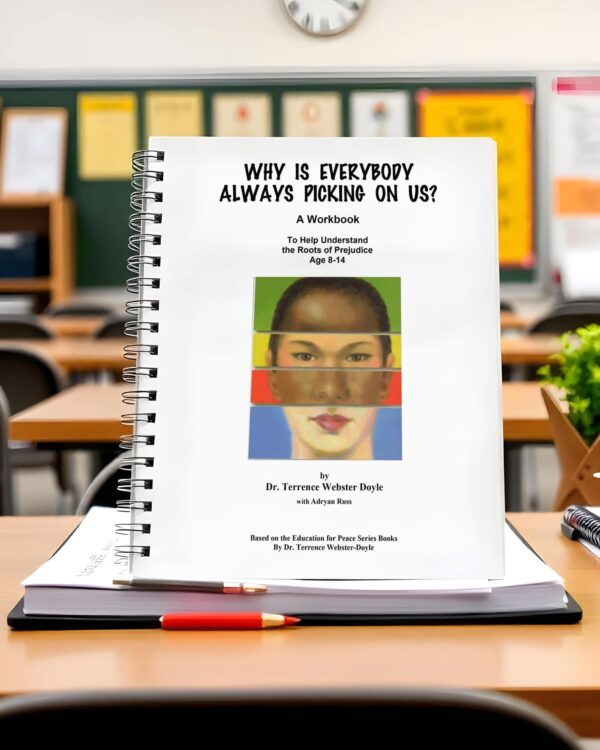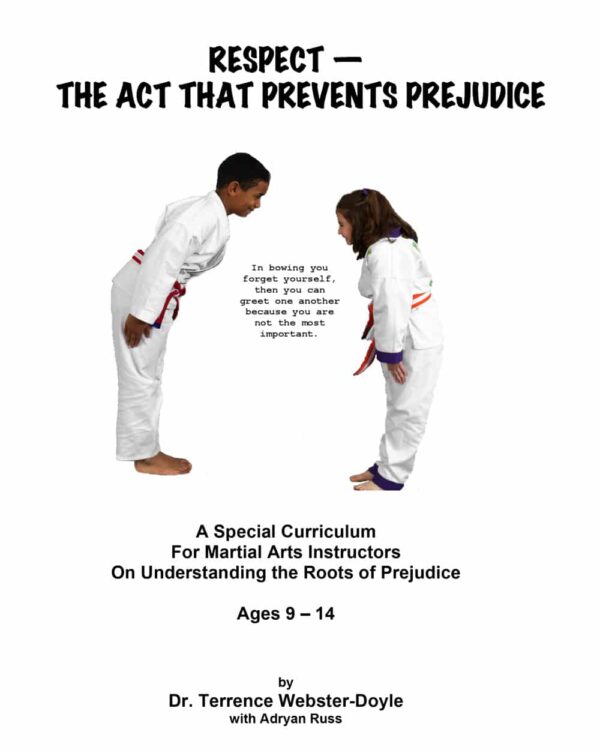What Am I? Learning to See Everyday Objects with Fresh Eyes

What am I?
I am made of a hard substance, and do not bend easily. I am long and at one end I separate into four pointy pieces. In the middle, I have a slight curve, and I taper a bit in the direction of the four points.
When held in the center, there is a noticeable heavier side. The balance point is in the tapered area.
I don’t have much of a taste, except perhaps slightly metallic. I have no odor, and I am often on the cool side.
When tapped on wood there is a slight ringing in the air. When tapped on metal, I meet with a loud noise and a resounding ring.
If cooled, I stay cool for a long time. If warmed, I also stay warm a long time. When bitten, there is definite resistance.
The area of me that separates into four points is also flat and wide, while the other side of me is long and thin, with a slight flatness. The pointy side is effective for poking or piercing something. The other side is very dull.
I am a silvery grey in color, and have fine streaks which add to the shinyness.
Can you guess what I am?
Interested? Keep Learning
-
Why is Everybody Always Picking on Us? Curriculum
Download Now$10.00 -
Why is Everybody Always Picking on Us? Book
Download Now$10.00 -
Why is Everybody Always Picking on Us? Mini Curriculum
Download Now$10.00 -
Why is Everybody Always Picking on Us? Workbook
Download Now$10.00 -
Respect: the Act that Prevents Prejudice Curriculum
Download Now$10.00
How often do we look at objects in this way?
How often do we just examine the facts, instead of just going by what we feel to be true? So often we overlook things because we are not really paying attention to what is really there.
A child, perhaps, would look at this object for the first time, and examine it in this manner. They put objects in their mouth, they smell them, touch them, hit them, use them to hit something else, and the list goes on.
Do they get a better sense of the object because they find all possibilities for the use of the object, while we only use the object for what it was made for?
Looking at things in an open, unconditioned way
It is important to look at things in an open and unconditioned way, so that we see all of the possibilities and perspectives. To be close-minded or conditioned to see things in a limited perspective, prevents this.
Try this activity sometime with an ordinary object:
- Inspect the object closely. Observe its shape, color, texture, weight, odor, taste, temperature, etc. Jot down all of your observations until you have an exhausive list of qualities.
- Experiment with the object in all the ways you can think of. Treat it as though it were a laboratory specimen continuing to use all of your senses. Describe the results of the process.
- Now put all of the information together in a logical desciptive way. Describe the object to someone as though they had never seen it before. Use analogies if necessary. Strive to make things perfectly clear.
Try doing this activity frequently in your life, as it shows the potential of any object. It often shows us things that we were not aware of before, and opens our minds to the possibilities.
Like looking at the above object, which was a fork. Did you realize that that is what I was describing? Have you ever looked at a fork in that way? If you were to describe a fork to someone that had never seen one before, how would you do it?
I used to have a beautiful garden when I was living in California. Every morning I would go out into my garden and notice all of the weeds which were encroaching on my plants. One day I was really discouraged when I saw more bright green weeds making their way across the garden bed. At this moment my daughter ran out of the house saying, “Mom, I just saw you looking at our lovely garden, aren’t all of the flowers like little princesses dancing on a beautiful green carpet?”
